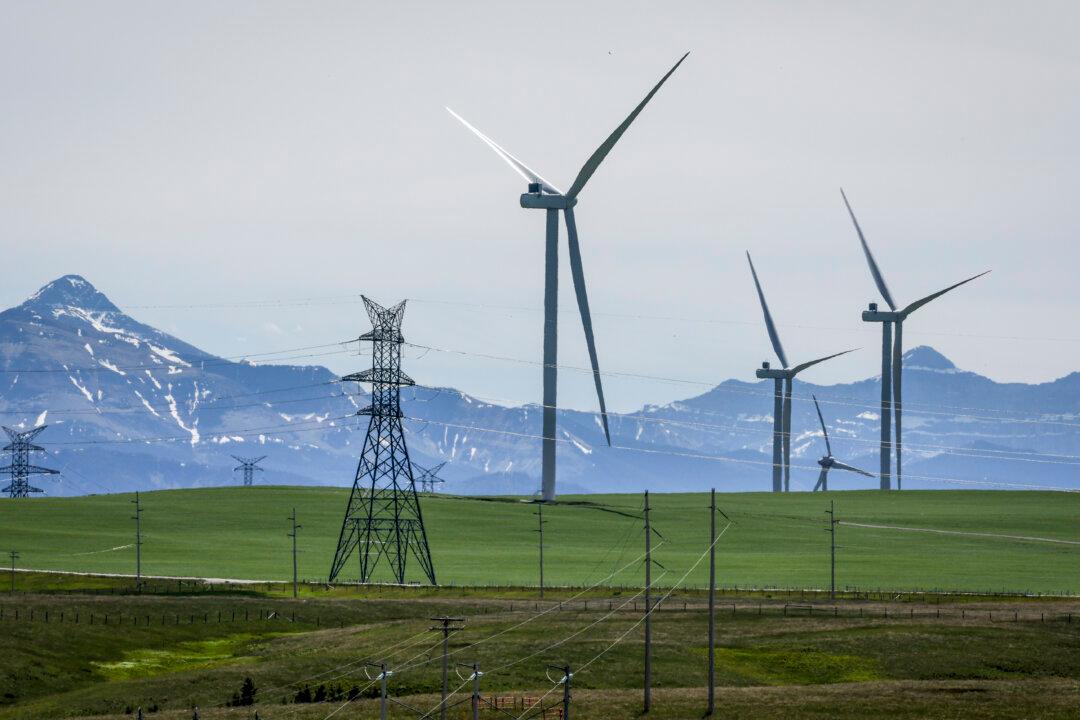Commentary
Federal Environment and Climate Change Minister Steven Guilbeault recently amended his edict that Canada’s electricity generation and distribution system achieve “net-zero” CO2 emissions by 2035, likely because Alberta Premier Danielle Smith finally made Guilbeault’s Liberal government colleagues realize this goal was impossible (as well as politically toxic). The question now is: Does Guilbeault shoving the net-zero goalposts out to 2050 make the impossible possible?


